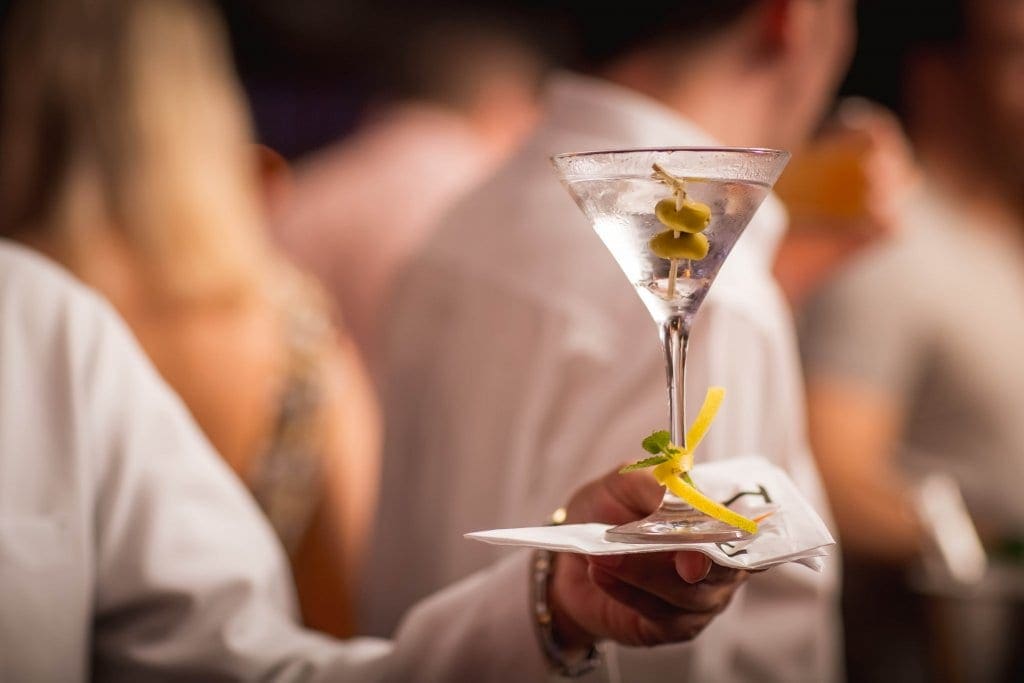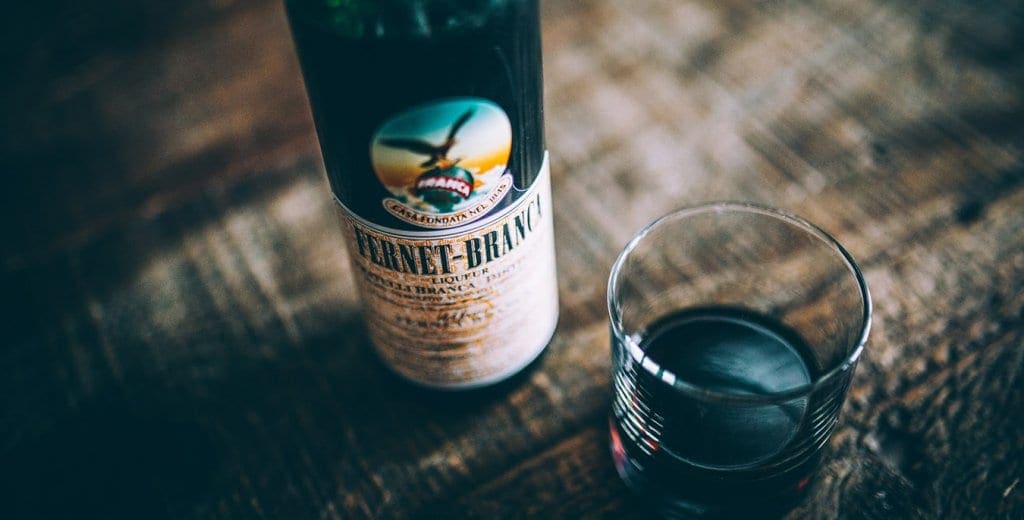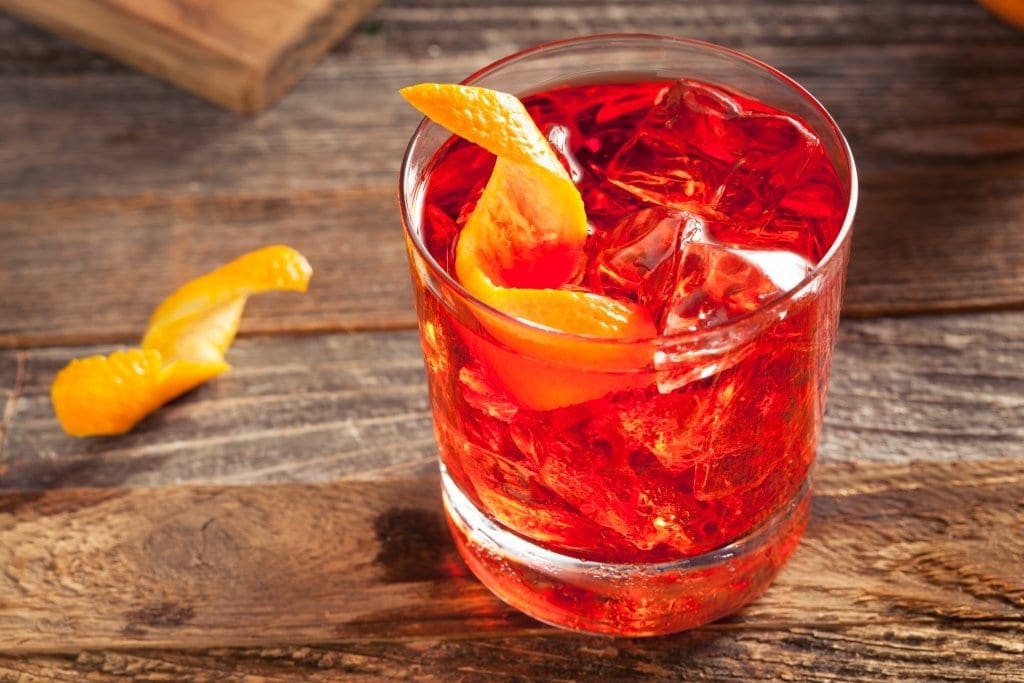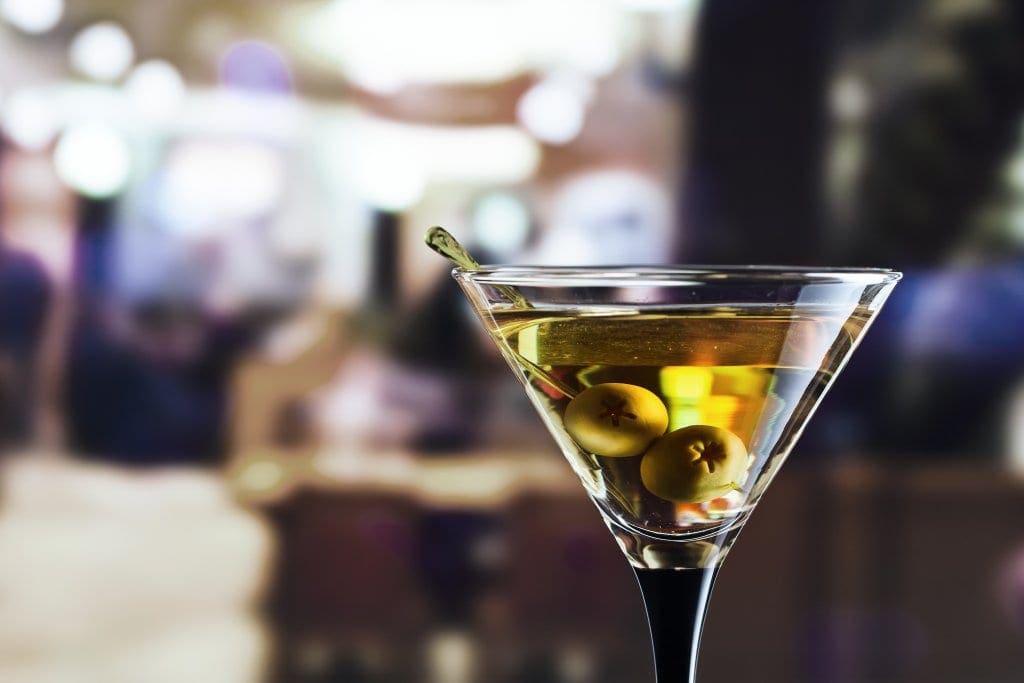
Grappa: The Quintessential Italian Digestive
October 10, 2017
Explore Grappa, Italy's traditional spirit: intense, complex, ideal as a digestif, made from grape pomace across regions like Tuscany and Veneto.
By: Simona Piccinelli / Last updated: February 5, 2025
Estimated reading time: 4 minutes
They are served as a pre-dinner aperitif or post-meal digestive; Italian liquors have a hallowed place in the country’s culture and cuisine. Many liquors are based on age-old recipes that people once made in their homes, using the ingredients on hand. These days, plenty of large firms produce liquors for consumption domestically and abroad, but it’s still possible to discover little-known jewels created in small, private distilleries across the country.


An herbal digestive, the slightly bitter Amaro is a barrel-aged drink served after a meal as a digestive or with coffee. Monks originally created it for medical purposes. Now it is made and consumed all over Italy. It’s made with the owner’s blend of herbs, spices, and fruits, so each manufacturer puts its spin on the recipe. The best-known brand is Fernet Branca, which is commercial and widely available. Amaro Braulio is an exciting brand from the wine-producing region of Valtellina in northern Lombardy.
This famed almond liquor is an ingredient in countless desserts and cocktails across the globe. A dark, sweet drink made with varying ingredients (depending on the brand) that can include almond essence, herbs and botanicals, and apricot kernel oil. Amaretto can be enjoyed on its own as an after-dinner digestive. The name means “little bitter,” but the traditional Amaretto is sweet. The leading Disaronno brand (with the beautiful, distinctive square-topped bottle) is made in Lombardy in Saronno. Averna is a Sicilian version of Amaretto, which is more bitter.
If you loved black licorice as a kid, you’ll adore the cordial-like Anisette, an easy-to-drink liquor made with anis. It is sweeter than its cousin, Sambuca, and is usually served with cold water to dilute it. Anis has medicinal qualities and helps with coughs and sore throats.

An exuberantly bright red bitter that is most commonly served as an aperitif with tonic or as part of the Negroni cocktail. It can also be served on ice or as a white wine spritz. The Campari brand history began in the Piedmont Region in the late 1800s, and today, it exports to almost 200 countries! There are 60 ingredients in Campari, including orange peel, bergamot, rhubarb, ginseng, and herbs. Campari is also used to spike orange sorbet, benissimo.
Recognizable worldwide by its distinctive bottle shaped like a Franciscan monk, the hazelnut-flavored Frangelico is a heavenly addition to coffee or espresso. It is made with hazelnuts, cacao, coffee, vanilla, alcohol, sugar, various Italian herbs, and natural extracts in the Piemontese town of Canale.
This delicious digestive is like a taste of sunshine. Served ice-cold (in Italy, it is served in frozen shot glasses) and offering the refreshingly tangy taste of lemon, Limoncello is the ideal summer liquor. Limoncello is often associated with the Amalfi Coast, such as Sorrento, where fragrant lemons grow large and abundantly. Sorrento is, in fact, the most famed Limoncello area, although the drink is produced in other Italian regions, including Lake Garda. Regardless of where it is made, the core ingredients are lemon rinds, which ferment and macerate in alcohol.

Everyone knows James Bond’s favorite cocktail, shaken, not stirred. Apart from the gin/vodka vermouth cocktail of the same namesake, Martini is one of the biggest brands in Italy. It is the original Vermouth, available in many styles, including Rosso (red, sweet), Bianco (white, sweet), and extra dry (white). The Martini company is known for its ultra-stylish black and white advertising, and George Clooney stars in one of their most memorable ads. The fascinating Martini museum is located in the original historic cellars in Pessione, Piedmont.
Vermouth Cocktails: Read more
Cousin to Anisette, Sambuca is made by distilling Star Anise. Sambuca’s famous brands include Molinari (available virtually everywhere), Sambuca di Amore, Sambuca Dei Cesari, and Sambuca Ramazzotti. There is a Black Sambuca, but the white Sambuca is the most common. The most popular way it is served is with coffee beans and flaming (it arrives at the table on fire). A fun and effective digestif!
If you would like us to customize an exclusive luxury tour, contact us and let us know your travel plans. We offer luxury food and wine tours for private groups of a minimum two guests. In addition, all of our private, chauffeured tours are available year-round upon request.


Stevesays:
August 31, 2021 at 5:15 am
The article title and website suggested this was going to be about where in Italy these aperitifs, digestives and liquors were created and tours/tastings were possible. Alas, I’m leaving disappointed.
larrysays:
August 13, 2019 at 11:08 pm
Crema di Melone if anyone knows where to buy this in the USA please letme know. This is a great cantelope taste light cream liquer